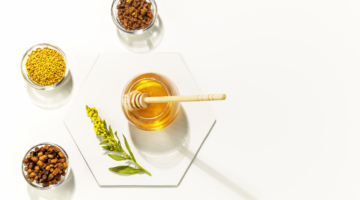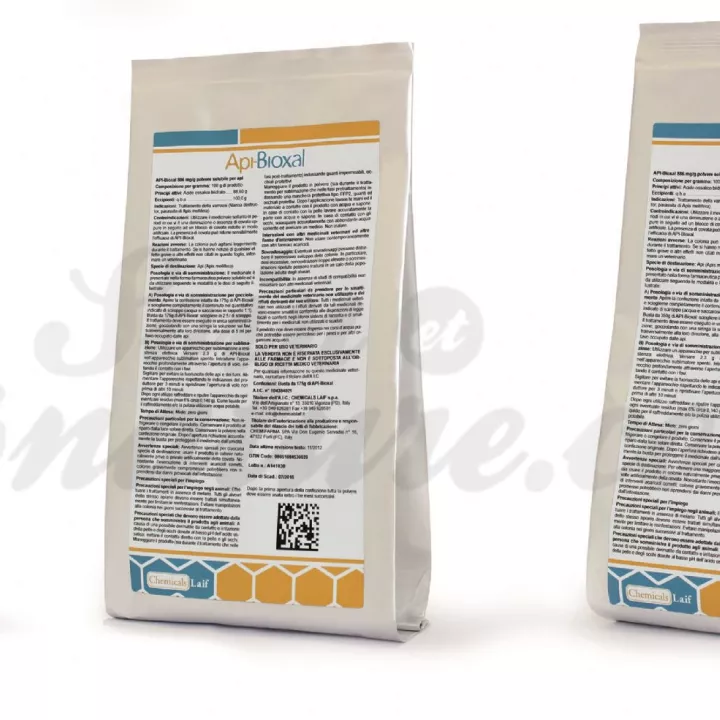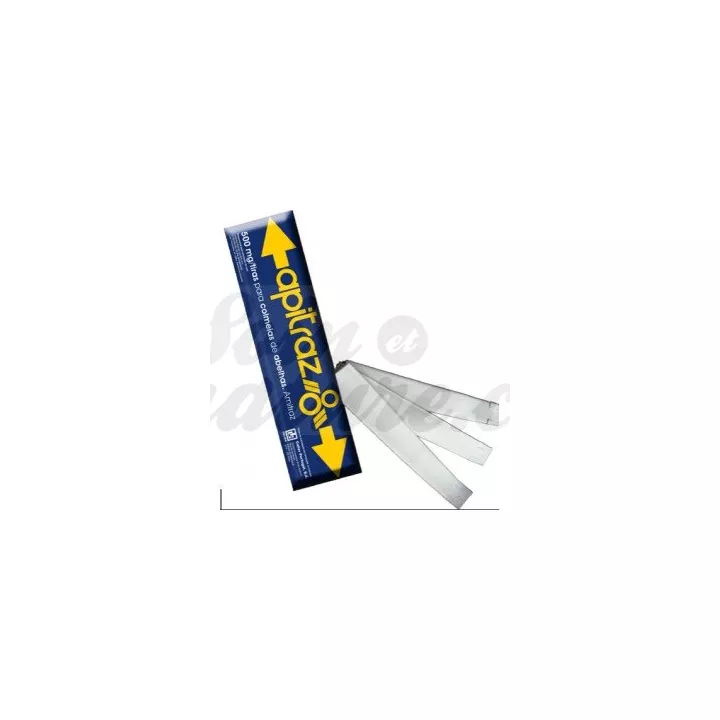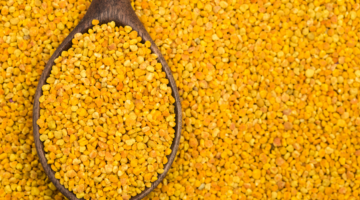What is API-BIOXAL oxalic acid used for?
API-BIOXAL oxalic acid is an essential treatment for effective control of Varroa destructor, a fearsome parasite of honeybees(Apis mellifera). This product is specially designed to target phoretic Varroa mites, i.e. those found on the body of adult bees, without affecting their feeding system. Research shows that oxalic acid acts through direct contact, particularly on mite legs and exoskeleton membranes, thanks to its particularly low pH. This makes it a powerful and effective product for protecting your hives against this devastating parasite.
By using API-BIOXAL, you're opting for a natural solution that tackles the problem at its source. Unlike other treatments, oxalic acid leaves no trace in hive wax and does not contaminate honey, guaranteeing the purity of your beekeeping products. What's more, this treatment has no contraindications, making it a safe choice for beekeepers concerned about the health of their bees and the quality of their honey.
The main advantage of oxalic acid is its targeted action. It is a contact miticide, which means it kills varroa mites when they come into contact with the product, without harming other aspects of the hive. What's more, this treatment is highly concentrated, allowing maximum effectiveness even at low doses. A single application is often enough to significantly reduce varroa infestation, thus limiting stress on the bee colony.
API-BIOXAL is also distinguished by its respect for the environment. Unlike other chemical treatments, it has no negative impact on the surrounding ecosystem. Oxalic acid is naturally present in many plants and decomposes easily, reducing its ecological footprint. By choosing this treatment, you're not only helping to protect your bees, but also the planet.
We also offer Apiguard bee pest control gel at the best price in our online pharmacy.
How to use this product
Administration by dripping
Administration of API-BIOXAL by dripping is simple, but requires a few precautions to ensure its effectiveness. Before starting, wear a mask, gloves and goggles to avoid direct contact with the powder. Preparing the product involves dissolving all the powder contained in the sachet in the appropriate quantity of syrup, made up of water and sucrose in a 1:1 ratio. The result is a 4.2% solution of oxalic acid in 60% sucrose syrup.
Here are the dosages to be respected according to sachet size:
- For a 35 g sachet: Dissolve in 500 ml syrup (treatment for around 10 hives).
- For a 175 g sachet: Dissolve in 2.5 l syrup (treatment for around 50 hives).
- For a 350 g sachet: Dissolve in 5.0 l syrup (treatment for approx. 100 hives).
Treatment should be administered in a single dose, applying 5 ml of solution per frame (the space between the top bars of the frames) of bees. Use a syringe to apply the solution along the entire length of each frame. The maximum dose per hive is 50 ml, and up to two treatments per year are possible, ideally in winter and/or spring/summer.
Sublimation administration
Sublimation is an alternative method of administering API-BIOXAL, requiring an electrical resistance device. In this technique, oxalic acid is heated and transformed into steam, enabling the product to be distributed evenly throughout the hive. To do this, fill the device's reservoir with 2.3 g of oxalic acid. Place the device at the entrance to the hive, under the bees, avoiding contact with the honeycomb. Close the hive entrance to prevent smoke and bees escaping, then operate the device for about 3 minutes, following the manufacturer's instructions. After sublimation, keep the hive tightly closed for a further 15 minutes to ensure effective treatment.
Once you've finished, let the unit cool down before cleaning it thoroughly to remove any residue. Use potable water for cleaning. The maximum sublimation dose is 2.3 g per hive, to be administered in a single treatment, with only one treatment per year. For best results, we recommend treating hives with mesh bottoms.
Give your opinion on the use and dosage of API-BIOXAL with our partner Verified opinions after your purchase.
Precautions for use
For maximum effectiveness, API-BIOXAL should be applied when the colony is devoid of brood or when the amount of brood is at a minimum. Oxalic acid does not penetrate wax or reach varroa mites inside capped brood, which may reduce the effectiveness of the treatment. For this reason, API-BIOXAL should be used in winter, or after summer colony manipulation to remove brood (e.g. queen caging). Best performance is obtained when caging lasts at least 25 days, during which time the colony becomes broodless.
Even with rigorous application, colonies severely infested with Varroa mites may not survive. In addition, the effectiveness of the treatment may vary according to conditions of use, such as residual broodiness, temperature and reinfestation. API-BIOXAL should therefore be integrated into an integrated varroa control program, with regular monitoring of varroa mite numbers.
What is API-BIOXAL's composition?
API-BIOXAL is formulated with the following ingredients: Oxalic Acid Dihydrate, Hydrated Colloidal Silica, Glucose Monohydrate.
Available at
API-BIOXAL comes as a fine white powder, ready for use in the hive. The product is available in three different pack sizes, adapted to the needs of your apiary:
- 35 g sachet to treat around 10 colonies*.
- 175 g bag to treat around 50 colonies*.
- 350 g bag to treat approx. 100 colonies*.
*10 bee frames per drip-treated hive.

















